The story of Zagato Milano
The 1910s: Aeronautics Ugo Zagato was born in Gavello, near Rovigo, on June 25, 1890. He began his coachbuilding career in 1919 when he…
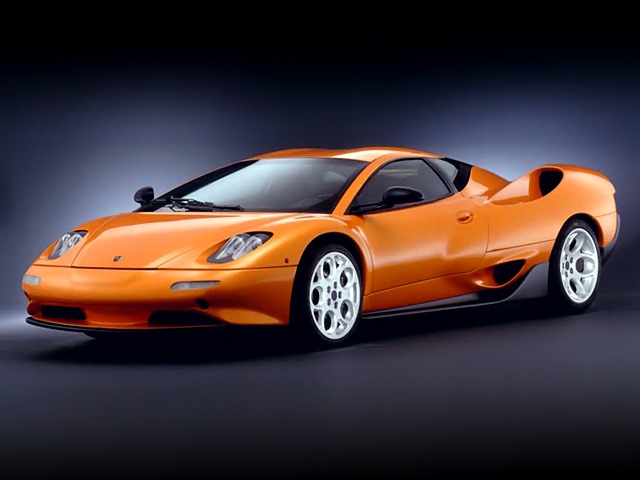
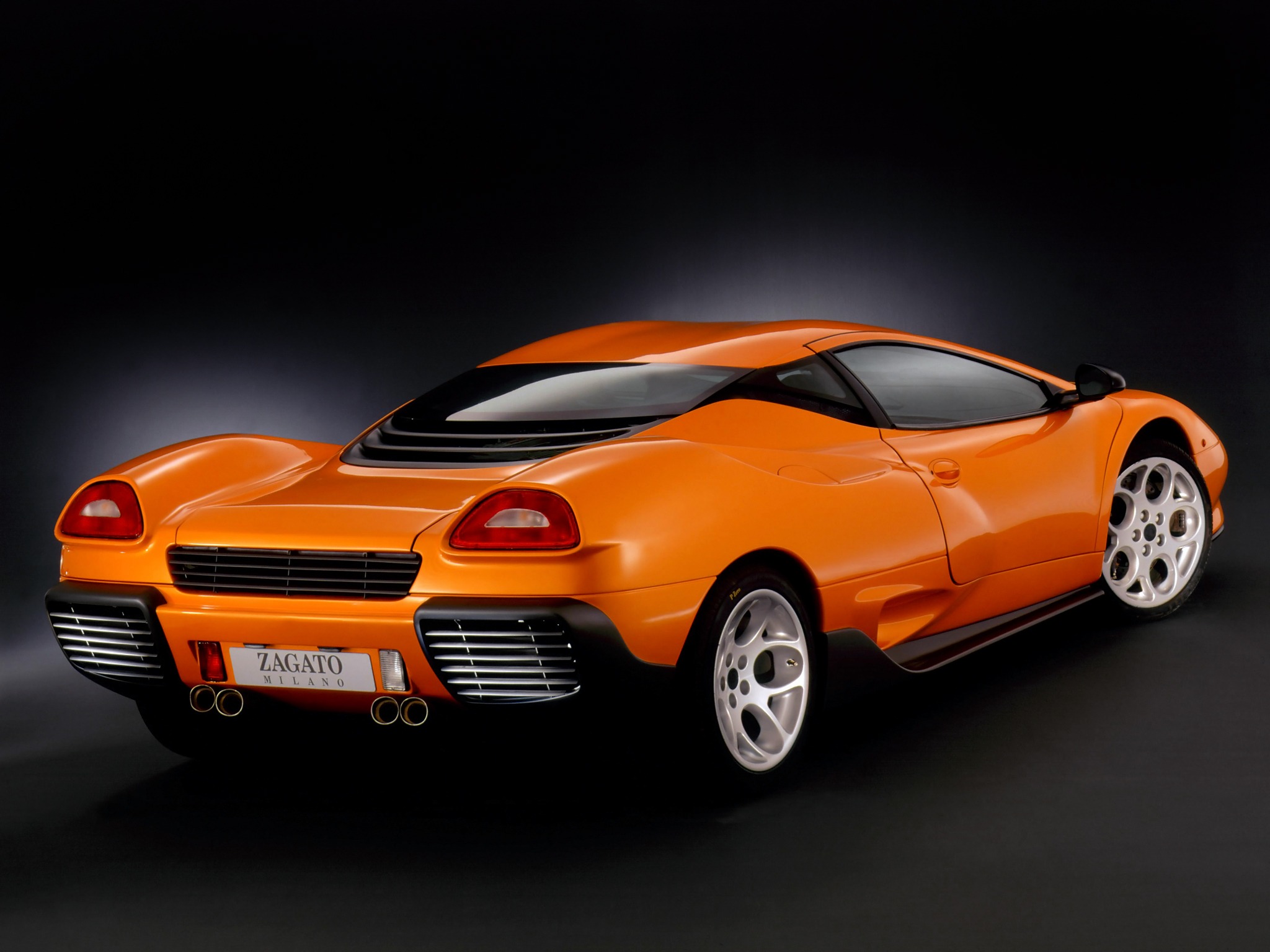

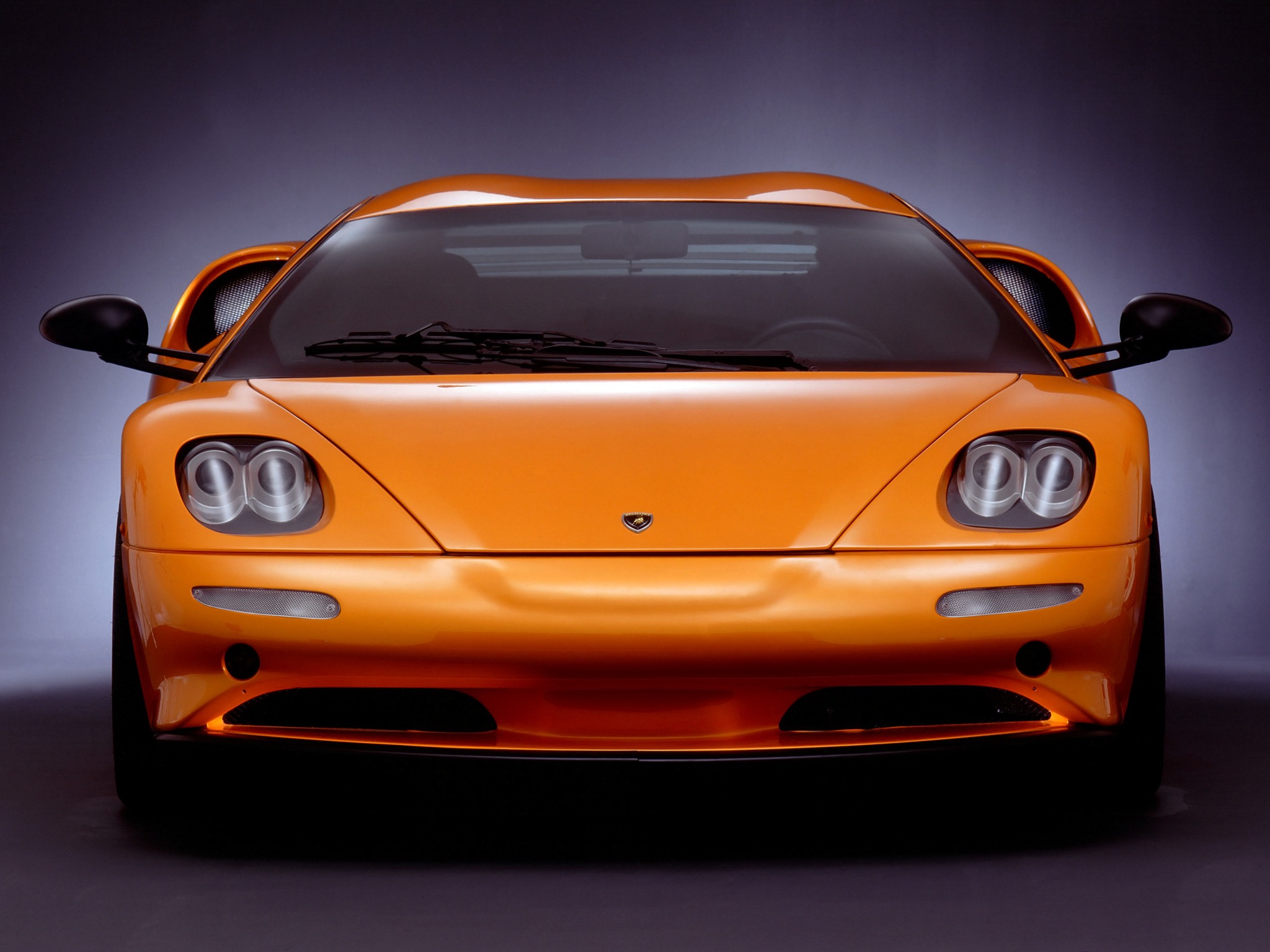
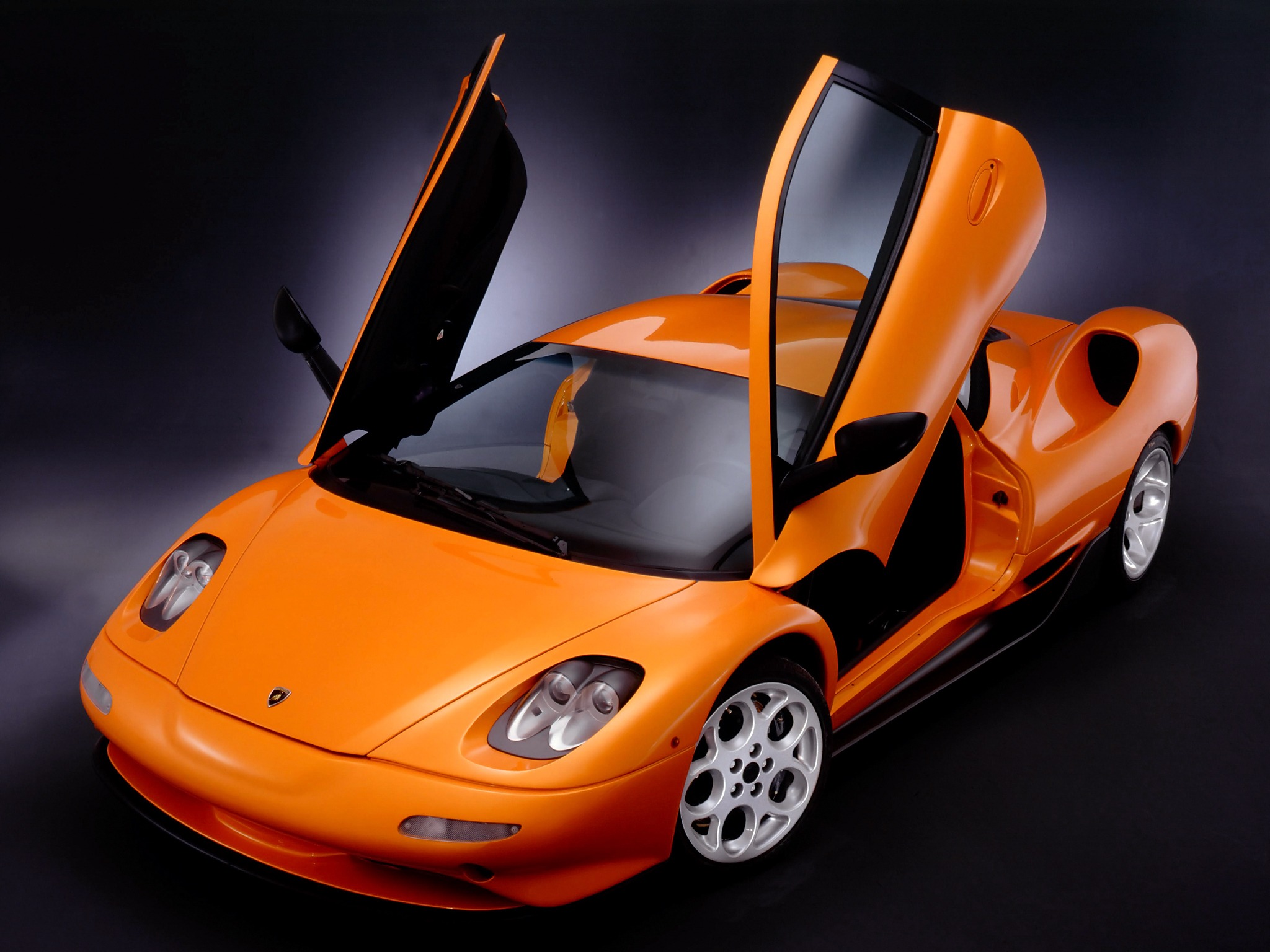
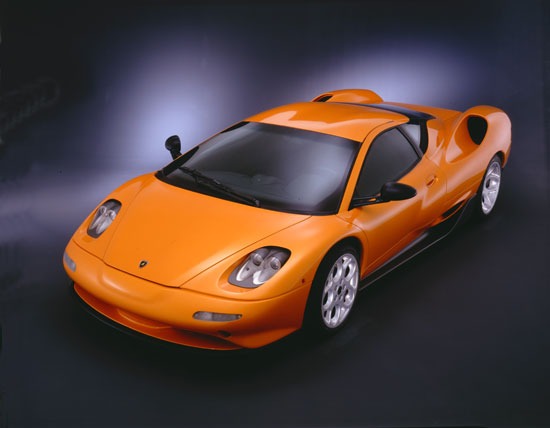






First spotted in high-speed tests on the Nardo circuit in Italy, Lamborghini apparently had a problem with cooling down the big 6 Litre V-12 engine, the rear air intakes were terrifyingly big at the rear, however the speed was fenominal. A rumoured top speed of about 350 Km/h was mentioned.
The Lamborghini Canto first tests were done with a 510 Bhp engine ‘borrowed’ from the Diablo SV, but later the engine was replaced by a 6.0 Litre evolution of the Diablo SV-R block with about 600 horsepower to drive all four wheels. Developing an engine pumping out over 600 horsepower wasn’t too difficult since the V-12 mounted in the Diablo SE30 Jota special did have 595 Bhp. Several drawings where made before the original Canto design, which would lead to a running prototype, was ready, one of these was this rather special looking one, dating from around 1997 it clearly shows some Ferrari Testarossa influence in the side air intakes. Fortunately this design was rather quickly dropped for a more exotic looking one. The next, a purple finished example was already close to becoming the Canto, the big rear air intakes were present, although covered by vertical slats on this first drawing, they would later be removed and big round intakes would come in their place just before a running prototype was built based loosely on this drawing. Since the Audi takeover of Lamborghini in June 1998, the tests moved a little faster, the Diablo successor, it was hoped would be ready for the 1999 production year at a suggested price of $250,000, production limited to only 400 units, all with rear wheel drive. The orignal design for the Lamborghini Canto was done by Norihoko Harada of Zagato, a novelty for Lamborghini, but after intial tests the rear end of the car had to be redesigned, the ugly oversized air intakes were to be replaced by smaller ones, probably incorporating some thermostatically controlled system to ram air into the engine compartment. The ‘Naca’ ducts on the side of some of the prototypes, were fakes and were expected to be removed on the production model. However during October 1998, VW/Audi Chairman Ferdinand Piech judged the L147 project to lack the typical Italian look and the agressive threath the Diablo has, and he shelved the project and several design companies were contacted to propose new designs for the Diablo successor. Audi Chairman Ferdinand Piech decided the 1998 Canto prototype was not what was expected of a Lamborghini, like the Diablo and the legendary Countach and Miura, so he halted the project. He was unhappy with the large, ugly rear air intakes and felt that the engine was not up to what should be expected of a pure supercar. But during February 1999, the Lamborghini Design facility came up with a slightly modified Canto proposal. The front was facelifted, the headlight units remained almost identical, but the fog lights ustilised more up to date poly-ellipsoïde technology. The turn indicators and driving lights were repositioned on top of the front wings instead of at the front of them as on the first Canto prototypes. However the biggest changes were the rear, the top mounted air intakes, now smaller and much better integrated into the sweeping lines of the Lamborghini Canto. The complete engine was rethought, it remained the massive V-12, with a 6.0 Litre displacement, but the engine management and the complete electronics were changed, and the first tests showed a power increase up to 640 Bhp. According to the official press release, which Automobili Lamborghini SpA published end of January 1999, the production unit would be detuned to 610 Bhp. This way the factory would be able to maintain the same maintenance schedule as they used for the 530 Bhp Diablo’s. In the same press release, Automobili Lamborghini SpA, stated this redesigned Canto prototype would be presented to the public at the 1999 Geneva Motor Show and the Diablo would remain in production for a further two years. These two years would be needed to get the Canto fully developed for production. Several interior designs were created, but at this time nothing about the final looks had been revealed. However the 1999 Geneva Auto Show didn’t have anything resembling the Canto on display, Automobili Lamborghini didn’t get the green light from Ferdinand Piech to show the nearly finished redesigned Canto from Zagato, and the project was finally canned. It is rumoured a total of five Lamborghini Canto were built, although some sources believe the same chassis was used for several of these prototype’s, so it is probable that only three new chassis were built for the various Canto’s. One of these prototypes, a black fully working example is believed to have been shipped to Japan and is now in the hands of a private collector. Work then turned to a completely new project, with the Diablo eventually being replaced in late 2001 by the Murcielargo.

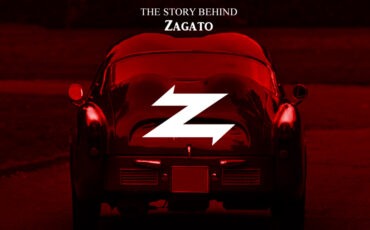
The 1910s: Aeronautics Ugo Zagato was born in Gavello, near Rovigo, on June 25, 1890. He began his coachbuilding career in 1919 when he…
Missing or wrong informations?
Carrozzieri-Italiani.com relies on thousend of users who help to populate the database. We do not guarantee the accuracy of the informations. Contact us if you want to contribute.
